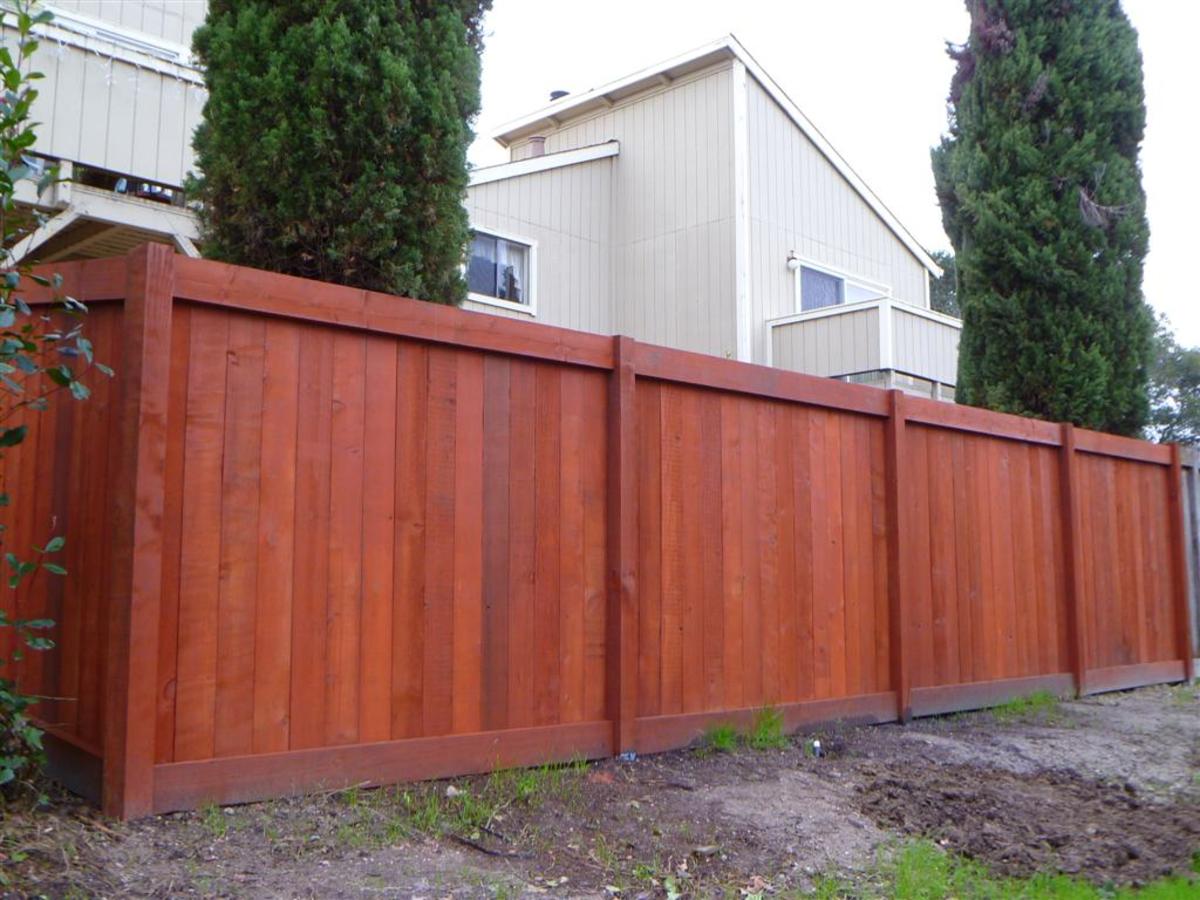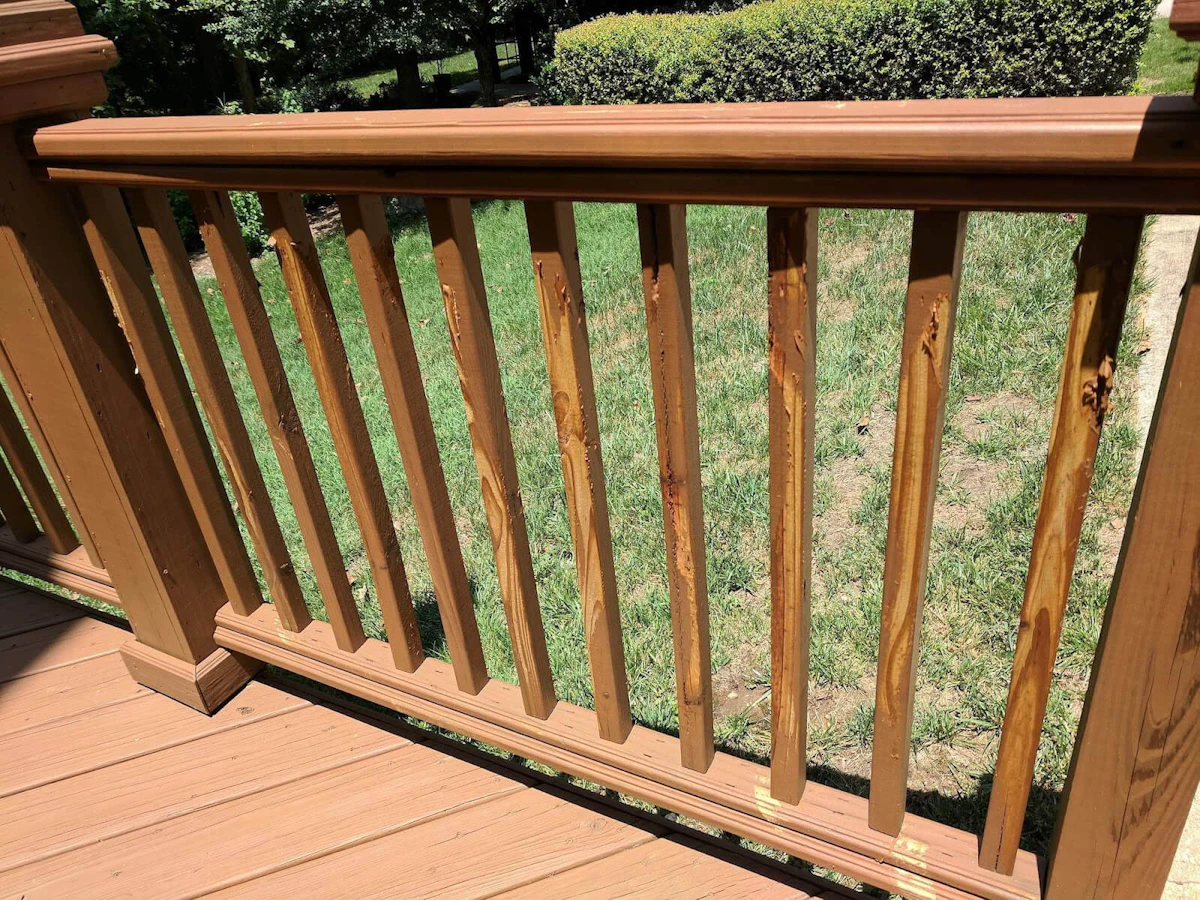7 Easy Facts About Fence Staining Near Me Explained
7 Easy Facts About Fence Staining Near Me Explained
Blog Article
Fence Staining Near Me Things To Know Before You Get This
Table of Contents5 Simple Techniques For Fence Staining Near MeThe Main Principles Of Fence Staining Near Me The 7-Second Trick For Fence Staining Near MeFence Staining Near Me Can Be Fun For Anyone
If you see any damage during your assessments, take quick activity to repair the problems. If the timber is splintering or cracked, sand it down and reapply the stain as required.On average, a fence needs to be restained every 2 to 5 years, depending on the environment and the quality of the previous stain job. Before you start, thoroughly clean the surface area and allow it completely dry.
Below is a look at the pros and cons of both staining and paint your timber fencing based on a variety of variables: The key advantage of both paint and tarnish is that it shields your timber fencing against rot, mold and mildew, and pests, along with climate damages (which some timber fences are much more at risk to than others).
In addition, paint and staining can prevent your wood fence from warping and twisting - Fence Staining Near Me. In the end, either alternative is more effective to leaving the wood bare if you desire to safeguard your investment, extend the life-span of your fence, and develop less upkeep for yourself in the future.
Facts About Fence Staining Near Me Uncovered
Instead of needing to remove or sand away staying paint to use a new coat, with discolor, you just have to clean up the wood and reapply the discolor. Discolor requirements up to 2 full days to completely dry, whereas outside latex paint can be completely dry in regarding four to 8 hours.

In general, discoloration often tends to be more effective to paint in terms of price, longevity, and upkeep, which is why professionals suggest staining for most fencings. Both overcoats have their advantages, though, and the very best fit ultimately depends on the visual you are really hoping to attain on your property, the design check that of your home, and your personal preference.

The Only Guide to Fence Staining Near Me
There are lots of types of fence discolorations that are offered to pick from - from oil-based and gel to varnish and water-based. Choosing your chosen discolor kind is entirely up to you and depends on what you desire the fencing to look like in the end.
There are oil-based spots, water-based spots, gel stains, in addition to discolorations that are available in an array of transparencies. Each sort of stain has different degrees of ease for applying, and benefits and drawbacks depending on what your goal is with tarnishing your fencing. Oil-based spots are one of the most preferred kind of discolor for the my sources majority of property owners.
An oil-based tarnish does take longer to completely dry than various other kinds of discolorations. And unlike oil-based discolorations, a water-based tarnish dries out very promptly.
While this makes using the tarnish a little much less demanding, a gel tarnish does not pass through the timber like an oil-based tarnish and additionally takes a lengthy time to dry. A solid color tarnish is the sort of tarnish that is discover here closest to in fact repainting your fencing. This type of wood stain will help conceal any kind of blemishes in your fencing and produce an even look across the fencing panels.
9 Simple Techniques For Fence Staining Near Me
Discolor that is semi clear is a terrific option for a wood fence that has a couple of years under its belt yet still has wonderful appearance and grain that you intend to show off. A semi transparent tarnish will add just a little of shade while enabling the texture and grain of the timber to attract attention.
The optimum conditions to stain a fencing are a comfy temperature in between 50 and 90 levels Fahrenheit with moderate to reduced moisture. And most significantly, the weather forecast does not predict any kind of rain. It is also vital that your wood is completely dry prior to you stain. As soon as you have the weather report showing good problems for you to get going, you will require to clear the landscape of any kind of loosened plants, plans, and tree arm or legs that are in contact with the fencing.
Report this page